The oldest living, and last tribe of free-roaming American Indians to live on the Texas land were known as the Bedais 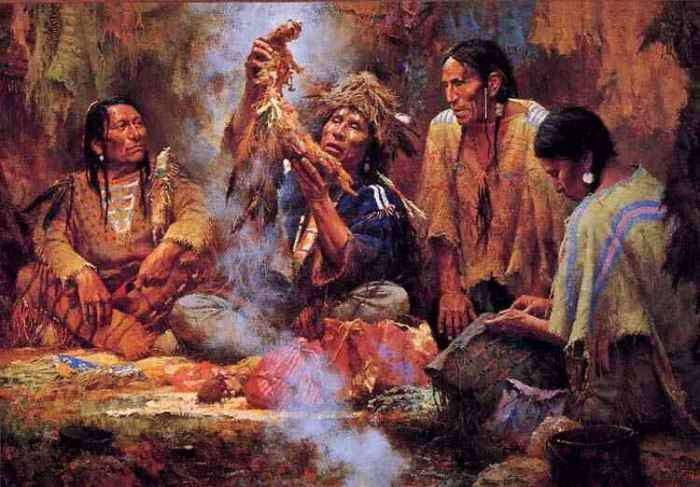 (Bidais, or Bedas). They were the original true sovereign Texans of the state who were said to later become allies of the Norman-Anglo-Saxon Texans (French and Spanish) in the early 19th centuries, and at certain times who had cooperated with them, and at other times had conspired against them.
(Bidais, or Bedas). They were the original true sovereign Texans of the state who were said to later become allies of the Norman-Anglo-Saxon Texans (French and Spanish) in the early 19th centuries, and at certain times who had cooperated with them, and at other times had conspired against them.
Eventually like almost all other American Indian Tribes, their tribe, race and lifestyle would be wiped out by this new race of people who made claim to their lands, and later founded the United States of America in 1776. A new race whose Masonic goal was E pluribus unum — Latin for “Out of many, one”; as part of the Novus ordo seclorum – Latin for “New order of the ages.” As part of this new order, all tribes in the lands they had conquered such as the Americas had to be wiped out and/or assimilated into their religion and the state by force or conquest.
This was the fate of the Hebrew Bedai Indians of Texas, and this is their true story.
The Bedais were known as a unique, honest and hardy race that were divided into different tribes just like their kin known as the Hebrews, Israelites, Greeks, Saxons, Picts, Hindoos and Bedouins had practiced. Their language was known to be smooth and elegant, and to be unique to themselves. In this language, I have found many words to be very similar to the Phoenician/Hebrew dialect, and they have many customs that are similar to some of the other tribes I mentioned above as well, which may help pinpoint the origins of these people. In fact, they may have been of the Phoenician/Hebrew race that had travelled to America from the East long before their Norman-Anglo-Saxon conquerors which I will somewhat explain below, and also in a future article.
The first written record of the Bedai tribe was by Spanish explorers, who said they lived near the Hasinai in 1691. French explorer François Simars de Bellisle described them as agriculturalists in 1718 and 1720. In 1803, Henry Hopkins Sibley wrote that Bedai had “an excellent character for honesty and punctuality.”(1)
They had lived between the Brazos and Trinity rivers in southeastern Texas. Some of the them lived on Bedais Creek where it empties into the Trinity River in the summers, and then they would migrate inland when it got colder in the winters. They settled in this area with other Indian tribes who may have been related to them such as the Alabama-Coushatta, the Neches, the Nacogdoches, and other small tribes. The Bedai used this river and creek to fish and travel on their boats. They also were excellent at hunting, foraging, growing maize, making pottery, weaving baskets, and bartering with their surplus goods. They were also known as great animal trappers as well. They were said to still be making pottery, and weaving baskets into the 19th century.
The Bedai had medicine men, or who we could call shamans and priests that were skilled in rituals, healing, herbs and performed sweatbathing. They were even said to practice witchcraft, and cast spells on other tribes in the area. This is written about in Espinosa’s account of the Hasinai Indians who attributed their illness to witchcraft practiced by the Bedai who were said to appear in the form of owls.(2)
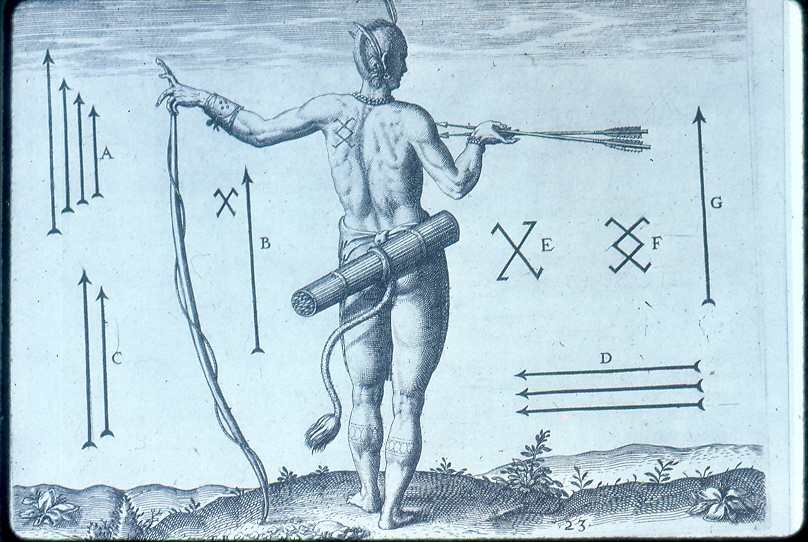 They were also known to perform body modification and mark themselves for identification and/or beauty. The Bedai had tattooed themselves mainly on their faces. (2) They also painted their bodies in a type of war paint, and wore very little clothes, which also like the tattoos, are similar customs of the Irish Picts who were known to be the tattooed and/or painted people, and who went to war naked as described by Julius Caesar. This ancient ritual of tattooing, and in particular facial and head tattoos I have found more often than not, shows a common thread or family link to other ancient tribes who had also practiced the art of tattooing over the past such as the Hebrews, Israelites, Phoenicians, Egyptians, Hindoos, Lybians, Greeks, Irish Picts, Sarmatians , Massagetes, Illyrians, Dacians and Thracians.
They were also known to perform body modification and mark themselves for identification and/or beauty. The Bedai had tattooed themselves mainly on their faces. (2) They also painted their bodies in a type of war paint, and wore very little clothes, which also like the tattoos, are similar customs of the Irish Picts who were known to be the tattooed and/or painted people, and who went to war naked as described by Julius Caesar. This ancient ritual of tattooing, and in particular facial and head tattoos I have found more often than not, shows a common thread or family link to other ancient tribes who had also practiced the art of tattooing over the past such as the Hebrews, Israelites, Phoenicians, Egyptians, Hindoos, Lybians, Greeks, Irish Picts, Sarmatians , Massagetes, Illyrians, Dacians and Thracians.
There are no records of the types of tattoos the Bedai indians had placed on their kin and heads. But 33rd degree Freemason Manly P. Hall had written that some of these Indian tribes were tattooed with the true TAU cross on their heads which was a sign of life. Hall had said, “The TAU cross was inscribed on the forehead of every person admitted into the Mysteries of Mithras. When a king was initiated into the Egyptian Mysteries, the TAU was placed against his lips. It was tattooed upon the bodies of the candidates in some of the American Indian Mysteries. To the Qabbalist, the TAU stood for heaven and the Pythagorean tetractys. The Caduceus of Hermes was an outgrowth of the TAU cross.”
The image I provided above, shows what looks to be Phoenician/Hebrew writing with the exact same tattoos Manly Hall mentions above, for the TAU was originally written with an X.
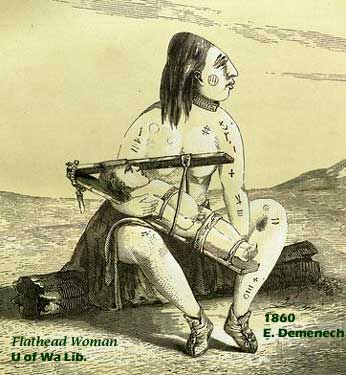 The Bedai Indians, like many other American Indians also practiced what is called skull flattening, or head binding which is a form of body alteration that utilized cradleboards to alter the shape of their skulls. This method of changing the shape of their skull by artificial means was also practiced by many other Indian tribes around the world such as the Maya, Inca, and the Elongated Human Skulls of the Paracas Indians of Peru. There were quite a few other tribes in North America who also practiced head binding such as the Chinookan tribes (pictured to the left) of the Northwest, and the Choctaw of the Southeast. In ancient times, the Asiatic Huns and Alans had also practiced a similar cranial deformation which later became a custom of the East Germanic tribes who were ruled by the Huns.
The Bedai Indians, like many other American Indians also practiced what is called skull flattening, or head binding which is a form of body alteration that utilized cradleboards to alter the shape of their skulls. This method of changing the shape of their skull by artificial means was also practiced by many other Indian tribes around the world such as the Maya, Inca, and the Elongated Human Skulls of the Paracas Indians of Peru. There were quite a few other tribes in North America who also practiced head binding such as the Chinookan tribes (pictured to the left) of the Northwest, and the Choctaw of the Southeast. In ancient times, the Asiatic Huns and Alans had also practiced a similar cranial deformation which later became a custom of the East Germanic tribes who were ruled by the Huns.
The Bedai Indian language was said to be elegant and smooth. I have found a few words that are derived from the Hebrew/Phoenician language whose similarities in spelling and sound cannot be counted as coincidence, but as more evidence that they were related to the Hebrews/Phoenicians, or that they were cousins. For example, the Bedai word for the number one is Namah, and this word is spelled and sounds the same as the Hebrew word Naamah meaning ‘pleasant, beautiful’ (Namah, Namana). Another similar sounding word is the Bedai word for four, Nashirimah, with the Hebrew word Neshama which can mean “soul” or “spirit”.
There are more Hebrew/Phoenician connections that can be found in tribal names, and a possible connection to the Tribe of Judah as their original main tribe. Along with the above mentioned traits and customs, this connection may be verified by one of the most famous Bedai Indian Chiefs of the 18th century who was named by the Greek and/or Hebrew name of Tomas (Thomas), and who is frequently mentioned in Spanish documents after 1755. The name Tomas is the Greek form of the Aramaic name תָּאוֹמָא (Ta’oma’), the Hebrew cognate being tə’ōm תאום which meant “twin”. Bedai Chief Tomas would later officially be named captain by the Spanish authorities. The given name of Thomas the Apostle was Yehuda (Jude, Judas). In scripture, Thomas is the apostle of Judea in the New Testament who initially doubts the resurrected Jesus, and according to Christian tradition he was martyred in India.
This is an interesting connection not only in name, but also in the Tribe of Judah, and that of India being connected with the race of Indians known as the Bedas or Vedas from the country of India whom I will write about in a future article. The Tribe of Judah I have written about before being connected with the Cretans, who were the Phoenicians that were known as experts with the bow and arrow, and often hired as mercenaries by Egyptian royalty, and later by the Romans armies. It is well-known that the Native American Indians such as the Bedais were expert with the bow as well, and they would have had to learn this skill from somewhere; my belief is this had been imported into the Americas by the Phoenicians (Cretans).
The Tribe of Judah I had said before had originated on the Holy Island of Crete at Mount Ida which was the home of their God Jupiter, who was known in Greek mythology as Zeus, in Cretan mythology as Minos, and in the Bible as Yahweh or Jehovah. The first century Roman-Jewish historian Josephus calls them the Jud or the Judeans (Idumean) of Mount Ida. This may have been their original homeland of Judea before the modern state of Israel was invented, and from Crete is where they may have traveled to the Americas to settle, which can be proved also by the tremendous amount of evidence of ancient Phoenician writing found all over the United States that we may be able to connect directly to the American Indians who would have most likely been their descendants.
WHAT HAPPENED TO THE TEXAS HEBREW INDIANS?
In the late 1700’s, the American landscape and life of the Bedai indians would change forever. With the arrival of the Spanish, and French who were settling on their lands and making claims, they would be thrust into war and forced to make alliances. In the eighteenth century, the French referred to the Bedai as “ferocious savages, vagrant miserables who begged for subsistence.” The Spanish on the other hand, called them, “friendly, peaceful, poor, wanting Christian teaching.” Both the French and the Spanish, however, at times would reverse their opinions. The Spanish, for example, at a point when exasperated with the Bidai, referred to them as “mercenaries.”(3) Their reputation as hired mercenaries.
Many of the Indian tribes such as the Bedais and Caddo had grown to despise the Spanish mission system, which they said made them into docile neophytes, or new converts to the Catholic religion which they had determined sought to change and control their people, and keep them docile and ignorant. They were said to have later aligned with the French to sell guns to the enemies of the Spanish, the Lipan Apache Indians. This was done to counteract the Spanish policy centered on building alliances with other indian tribes.
Eventually these tribal wars and forced division by the most ancient art of war of using propaganda by the new French and Spanish settlers, would prove to decimate the remaining Native American Indians such as the Bedai. From this point forward, the life of being free and roaming where they had so freely desired, would end in a hail of gunfire, war and disease.
By 1776–77, the Bedai Indian population was reduced to about 50% through war and disease. In 1820 it was recorded that only a few small groups of Bedais survived. In 1830 Jean Berlandier wrote that the tribe had depended on hunting for their survival and that they were very poor. He believed the Bedais to be one of the “oldest of the native people.”(1)
SOURCES:
1. Texas State Historical Association
2. Journal of Anthropological Research – Volume 7 – Page 399 1951
3. Texascenterforregionalstudies.com

Moe is the founder of GnosticWarrior.com. He is a father, husband, author, martial arts black belt, and an expert in Gnosticism, the occult, and esotericism.

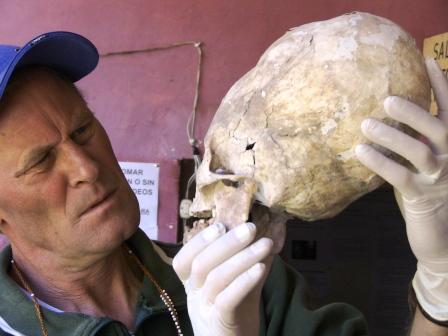
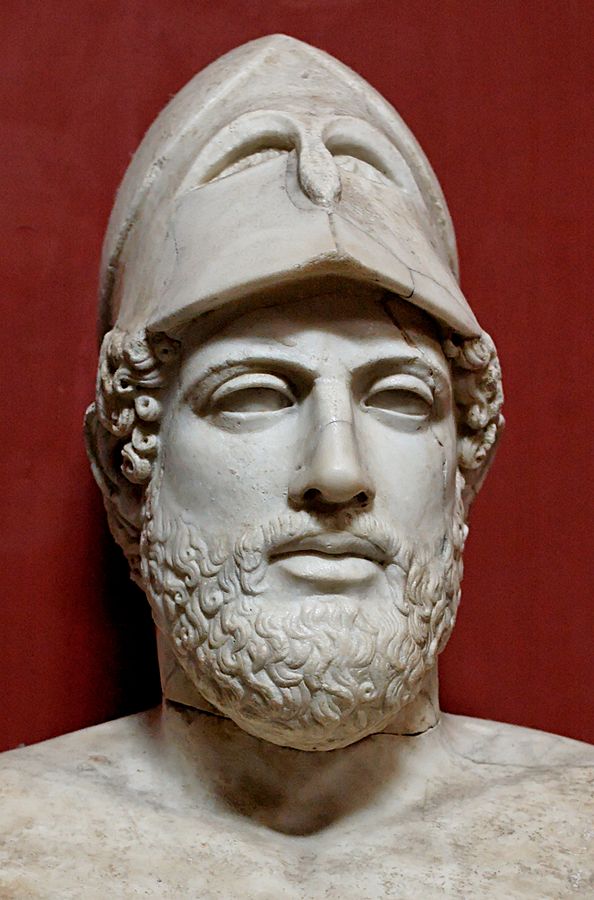
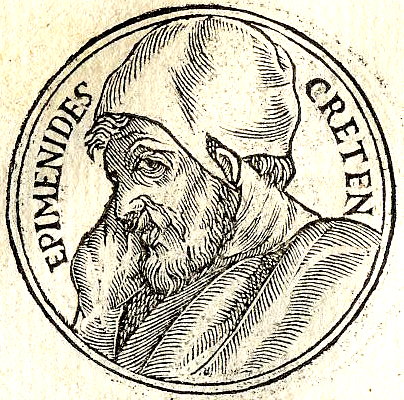

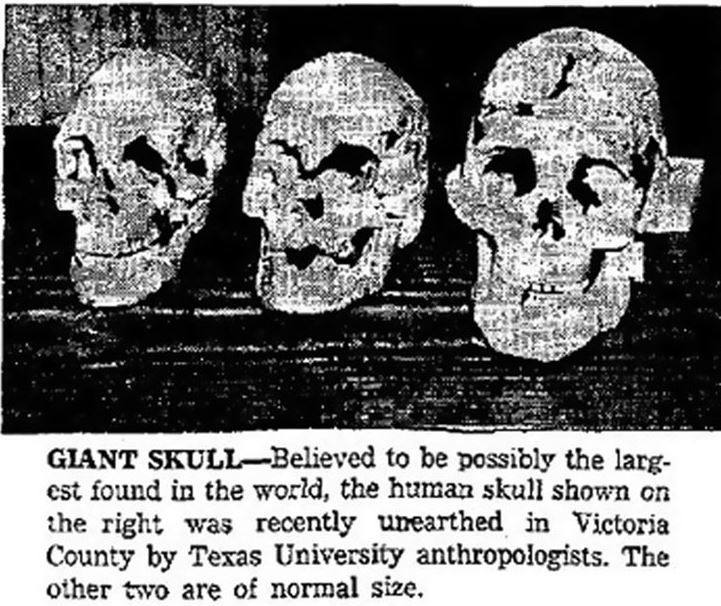


I have found your article to be loaded with conjecture and fact less observations. From the so-called origin of the tribe of Judah to the statement that certain words are spelled or sound like Jewish words, what proof do you present. Most tribes did not have a written language so to suggest a word is spelled like another is pure nonsense. The DNA of many of the Southeastern/western tribes show direct connections to Native populations to the south. This includes Mayan, Nahuatl and others. The obsession in constantly trying to prove one or more Native population are Jewish borders on a racist view of the world. specifically the inability to accept that Native populations originated on this continent. To date, no facts of a history of Israelite sailors of any any note is to be found or has ever been recorded.To the best of my knowledge.